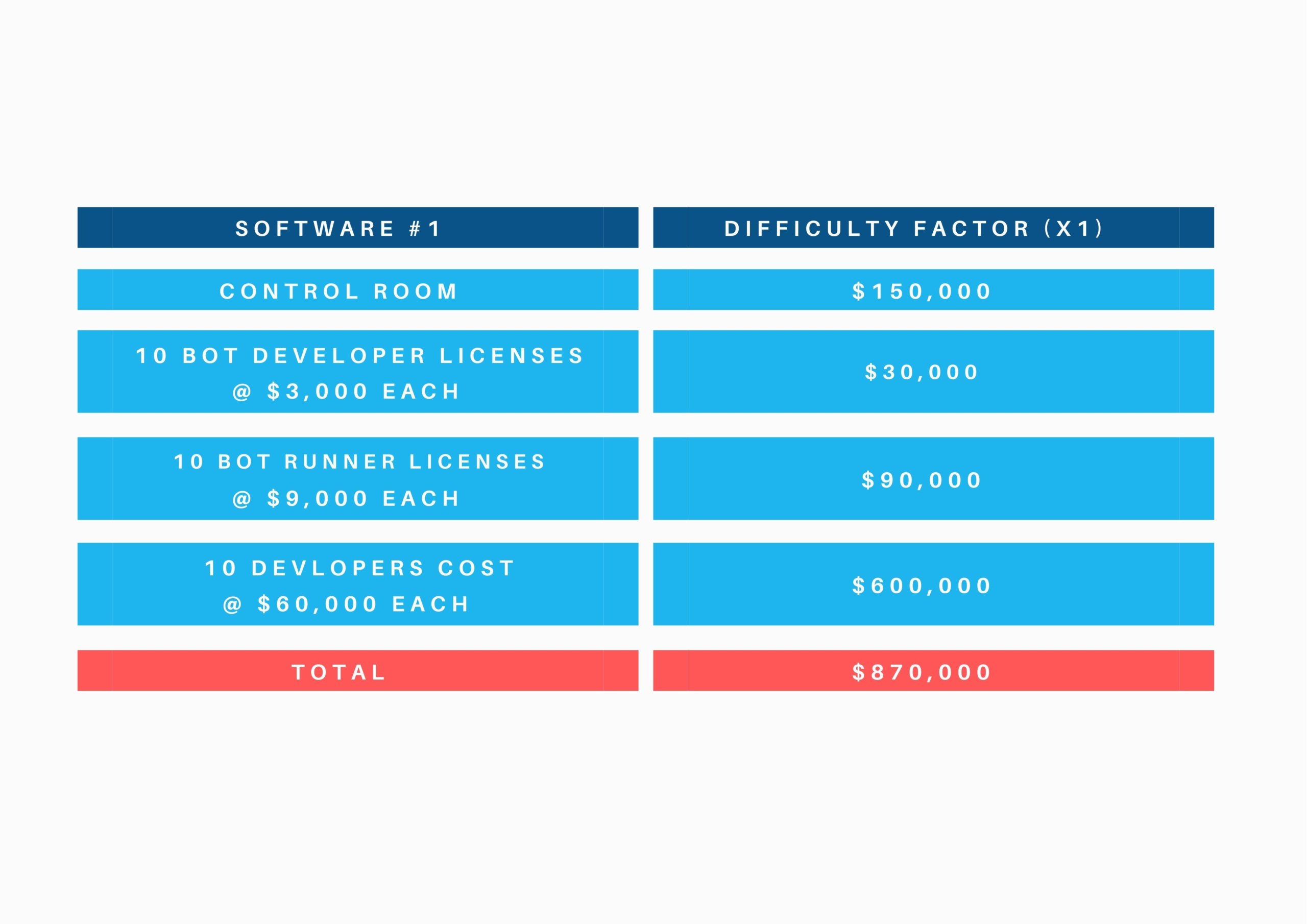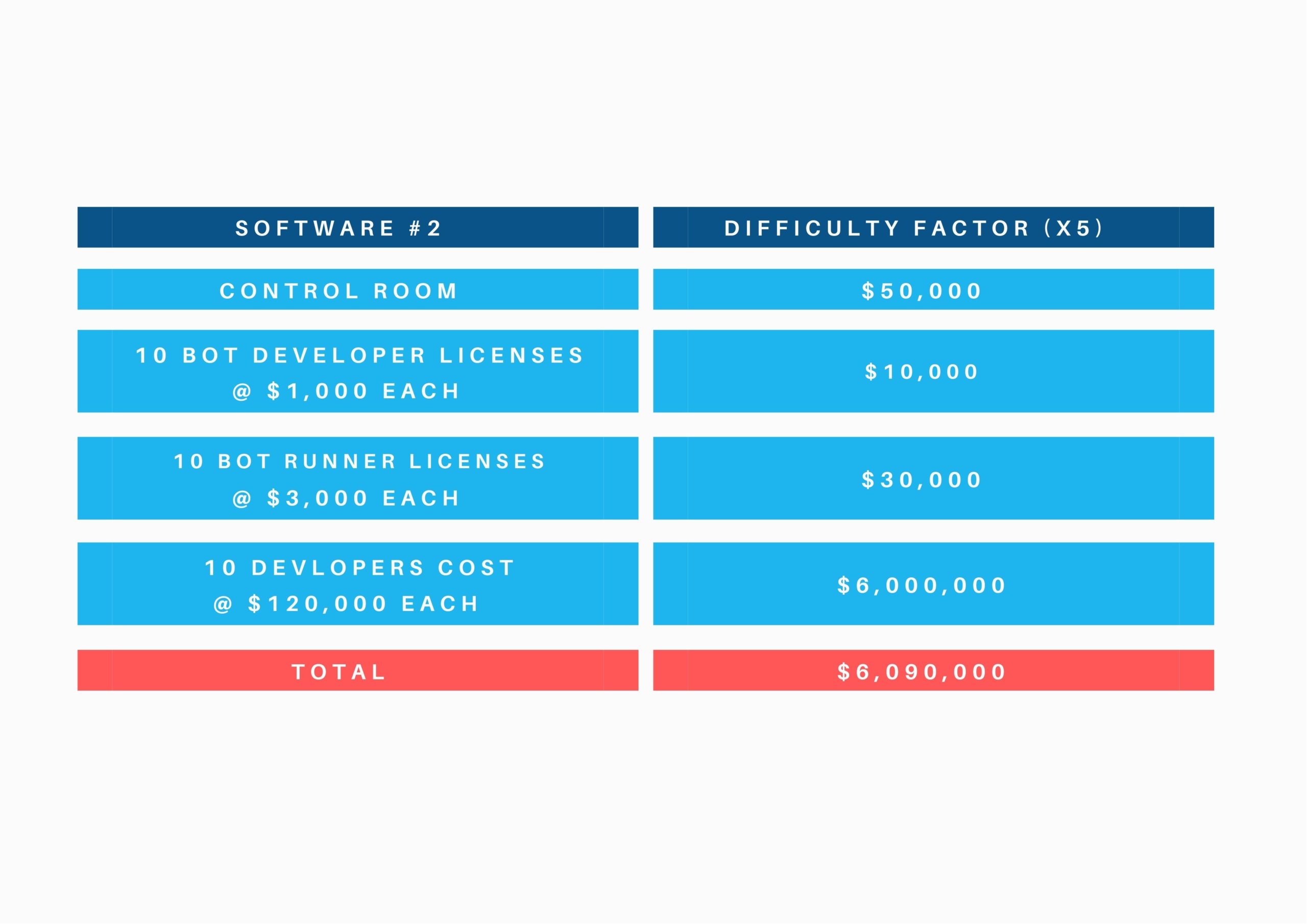
By Eric Moore, Principal Engineer at Pyramid Solutions
When RPA is in the hands of a well–structured Center of Excellence (COE), it becomes a more powerful tool than you think. Your COE will make-or-break the internal workflow processes of your enterprise to maximize efficiency and ROI within the company. As a result, it’s critical to establish your COE wisely. So, let’s start with the basics.
What is an RPA COE?
A Center of Excellence is a group of individuals working together across an organization toward a purpose — in this case, running your RPA program. Basically, it’s the people that ensure the success of your RPA investment across the entire organization.
There are three different COE models any organization can adapt: 1. Business Unit 2. Centralized and 3. Federated. The key difference in each, is the role your business unit plays in the actual bot/solution development.
- Business Unit: Business units are responsible for their own bot development. In addition, support, analytics, security, and Control Room/Orchestrator/Bot Deployment Platform is also the responsibility of the business unit.
- Centralized: Business units submit bot ideas to a team of bot developers for process assessment, solution design, and development.
- Federated: Each business unit designs their solution and prototypes their own bots, then hands them over the developers who bring the solutions into production.
The key commonalities between the models are that a Global COE will be responsible for training, development best practices, code reviews, some aspect of security and compliance, common reusable bot code, and Control Room administration.
Smaller organizations typically start with a Centralized COE and may even keep that model if the organization cannot support the continuous growth of their RPA program.
Others tend to start with a Centralized COE and work toward a Federated model, as they solidify their RPA programs.
Note: It’s rare that we see a company start with a Federated RPA COE, but when we do, it’s typically a large company, geographically spread out, and they’ve started their RPA program with a hefty number of developers (more than the standard 10 we see at most companies).
Building out your RPA COE: Team
Now that you’ve got the basic’s down let’s talk about building out your COE Team. Within an RPA COE, there are a number of roles and responsibilities that need to be assigned. We recommend you start with the following and add on as your RPA program expands:
- Bot Development & Monitoring
– Develop bots, architect solutions, provide L1 Support, monitor analytics and operations - Infrastructure
– Set up VDIs, manage environments and security, address network issues, monitor logging, and performs software upgrades and audits - Central Governing Body
– Manage bot inventory
– Setup coding principles/file integration and structure
– Perform code reviews - Evangelists
– Spread the word about things that have been automated
– Educate departments on general RPA concepts and capabilities - Demand Management Team
– Identifies and approves opportunities
– Prioritizes backlog
– Could be independent of Change Advisory Board or work with them. - Risk and Control Team (Security Team)
– Identify impact of bots (Example: If a bot makes an error, will it crash your database?)
– Final say in password related issues (i.e. CyberArk vs internal RPA vault) - IT Support Team
– Resolve common infrastructure issues (i.e. VM reboots, load balancer problems)
During the initial rollout of your RPA program, there can be a lot of crossover, where resources perform numerous functions like development, code reviews, and setting up VDIs. There are even some companies where one individual was responsible for the majority of all things RPA related, though most companies seem to have between 10 and 20 people on their COE while first starting out.
Bring on the Developers
Software wouldn’t be software without developers, right? While some RPA tools might be easy enough to use that you could get away without any, we don’t recommend it.
Our recommendation is when building out your developer team, your bot developers should come from the business side of the house and know the processes and applications they interact with well.
They can do most of the bot development, occasionally leaning on the one or two software developers on the team for clarification on which properties to use when selecting objects for automation as well as getting ideas about overall architecture of the bots.
One or two people on the RPA team can be pulled from the software developer team with experience in HTML, JavaScript, REST services, and one OOP language like Java or C#. These individual(s) can float between developing bots with simple business logic and assisting the business unit bot developers.
Note: Avoid putting these people on bots where the business logic is complicated. No matter how much effort is put into a PDD, there are always business decisions that go uncaptured. The last thing you want is an expensive developer twiddling their thumbs while they wait for the business units to clarify what needs to happen.
Of the companies we’ve worked with, the ones who have had the most success with RPA have had teams of bot developers that represent all different facets of the business: accountants, legal assistants, operations specialists, procurement. Why? No one knows the business process better than the people who use them. That being said, they tend to rely on the logic of the developers to solve complex bot problems and architecture, as well as figure out creative ways to interact with applications being automated. A balance of about 10-1 seems to work well.
Choosing the Right RPA Software
Too often, businesses overevaluate the price tag for RPA. The truth is that the price of the software is negligible compared to a project’s overall costs.
Below you can clearly see how difficult it is to build out an RPA solution tied directly into the bottom line of your RPA project.
What is important to note in the scenarios below is that some RPA tools are well-designed, and development can be done very quickly with them. Other tools can easily take 5-10 times longer to build a bot to automate the same business process (the difficulty factor). Also, some tools are built with your average businessperson in mind. Others are built for seasoned coders, usually VB.Net developers. As you can imagine, VB.Net isn’t exactly an up-and-coming language either, so seasoned developers are just that… seasoned. They have been programming for quite some time, and that means they aren’t cheap.
Note: The software prices below are completely arbitrary and unrealistic and in no way reflect real-world pricing.


When to Bring in an RPA Expert
Whether you are already up and running with RPA or still in the planning phase, it is never too late to bring in extra help. As an RPA expert, here’s what we can do for you at Pyramid Solutions:
- Help you shift from a Centralized COE Model to a Federated Model
- Teach beginner and advanced RPA training classes
- Help you choose the right RPA vendor based on your company resources and business process needs
- Show you why choosing the right vendor is not only the key to your RPA success, but also to establishing your COE
- Provide you with a RACI Matrix covering the roles and responsibilities for the most common COE setups
- Help you identify processes ripe for RPA and set reasonable ROI predictions
- Help you put the right people in the rights COE chairs
- Help you purchase the right software at the right time of year for deep discounts
- Help you get the most out of your software by leveraging our bot efficiency tactics, our automation expertise, and our knowledge of a wide array of products, such as IBM, AWS, EPIC, ServiceNow, Alteryx, QuickBase, PLEX, etc.
- Get you up and running much faster by leveraging our bots, bot extensions, and existing REST API code.
Remember, you don’t have to embark on that journey alone. Talk to us about our tried-and-true RPA growth strategies and what Pyramid Solutions has done for our past clients.
